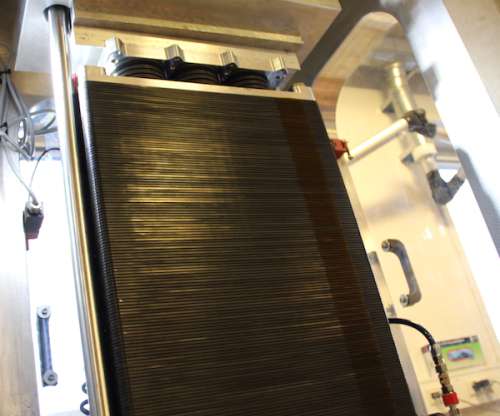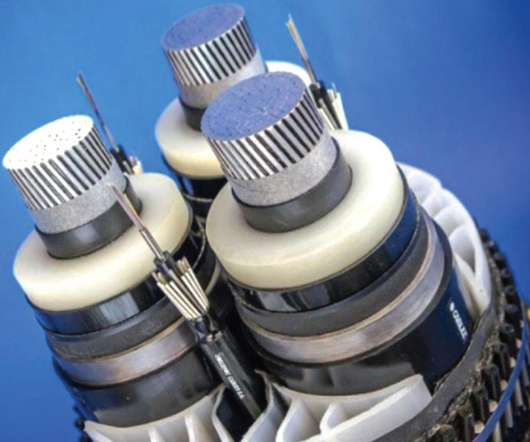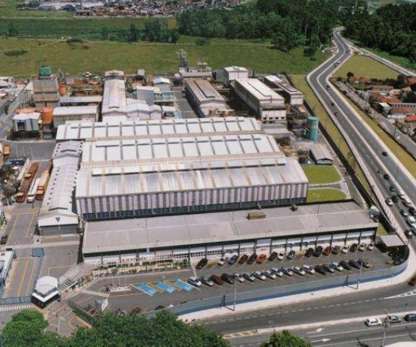US/China team develops robust, stable Ni/Fe OER catalyst for water-splitting at low overpotentials
Green Car Congress
JUNE 2, 2018
A team from the University of Houston and Hunan Normal University in China has developed an active and durable oxygen evolution reaction (OER) catalyst for water splitting that meets commercial crtieria for current densities at low overpotentials. to deliver 200 mA cm -2 , unsatisfactory for the commercial requirements of 1.8-2.4
























Let's personalize your content